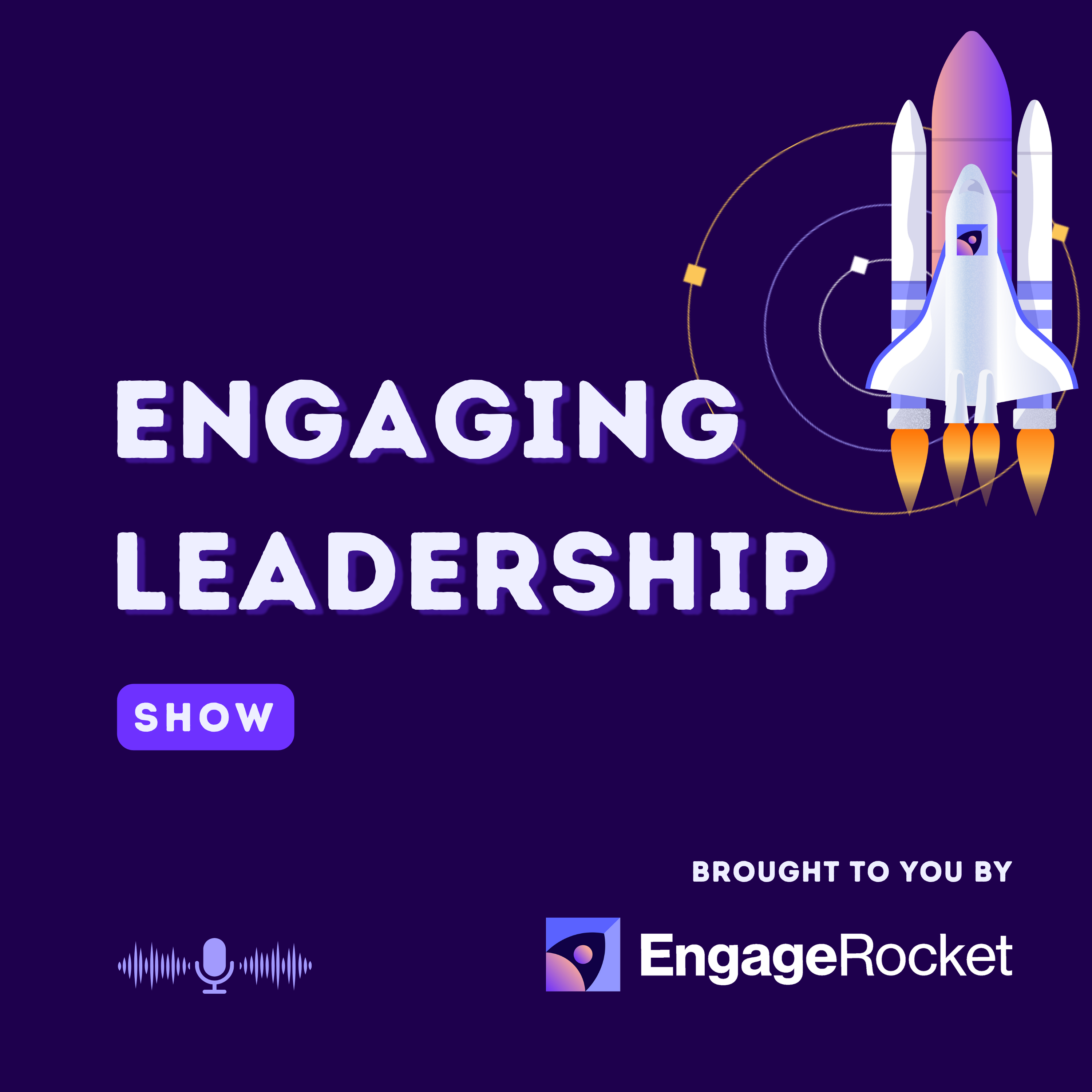How Can Busy HR Teams Get a Fix on Employee Engagement?
The key to understanding employee engagement is to be proactive and observant. Managers need to regularly conduct one-on-one meetings, monitor attendance and participation in voluntary events, and be good observers to get a finger on the pulse of where engagement is within their organization. However, it is not just HR's responsibility to build a people-first culture. Every manager should be responsible for fostering an engagement culture within their team.
Aside from grassroots efforts, HR needs to regularly conduct employee surveys and exit interviews to collect feedback from the rank and file and even the leadership. This will provide insight into emergent issues and help define what good engagement looks like. Performance metrics should be attached to engagement data, such as net promoter scores and pulse surveys, to monitor progress.
Building a people-first culture requires discipline, consistency, and a listening and observing culture. It may take time, but creating an elite organization with empowered managers and engaged employees is worth the effort.
Timestamp
Introduction to getting a fix on employee engagement
Managers need to be observant and take an active role in fostering engagement culture
Conduct regular employee surveys and exit interviews to collect feedback
Define what good looks like and attach performance metrics to it
Consistency of execution is key in building a people-first culture
Building an elite organization requires empowered managers and engaged employees
It takes discipline and time to build a workforce that is well on its way to becoming an elite organization
Happy to have a conversation and chat more about building an elite organization
Conclusion and wrap-up
Transcript
Now, that wasn't a comprehensive list, but it at least gave you some idea of the things that you need to be looking out for to be as proactive as possible.
What are some of the ways that you can actually get a finger on the pulse of where engagement is within your organization. Some of the most basic ways that you can get a finger on the pulse of your enterprise's engagement level start at the manager level. You need to be in a habit of doing regular one-on-one meetings.
round you now, who does this [:And the reality of it is that if you want to build a people first culture, Everyone's gotta be responsible for this. Every manager has got to be dialed in on the things that they need to be looking out for and taking an active role in fostering and engagement culture. So those things that I mentioned in terms of one-on-one meetings in terms of doing effective exit interviews or monitoring attendance or participation in voluntary activities, those all start feeding up from the bottom up.
gs and reporting that through[:Some of the other things that you need to be doing outside of those grassroots and day-to-day efforts, you need to be regularly doing employee surveys. You need to build a listening culture where HR is actually actively collecting feedback from the rank and file and even the leadership depending on what the purposes are within the organization.
So you have a good handle on. What are some emergent issues? Look at participation rates within those surveys as well, because that could be an indicator of what's going on. Another area where HR needs to be disciplined is doing exit interviews or conducting exit interviews on a consistent basis. That's gonna give you some intel on what.
this is where managers need [:When it comes to monitoring employee engagement, you need to be able to look at what the data shows you. You need to define what good looks like and then attach performance metrics to it. You need to look at a couple of areas. One, what does your net promoter score within the organization look like from the employee level?
that everybody wants to be a [:So it doesn't happen overnight. It requires discipline and it also requires consistency of execution. And those are some of the key things to keep in mind as you're on this journey of building a workforce that has empowered managers, engaged employees, and is well on the way of becoming an elite organization.
Hopefully this was helpful. Let me know what you thought of it. If you want to have a more detailed conversation about any of this stuff, and I'd be curious to see where you are on your journey to becoming an elite organization. So happy to have a conversation and chat more .



